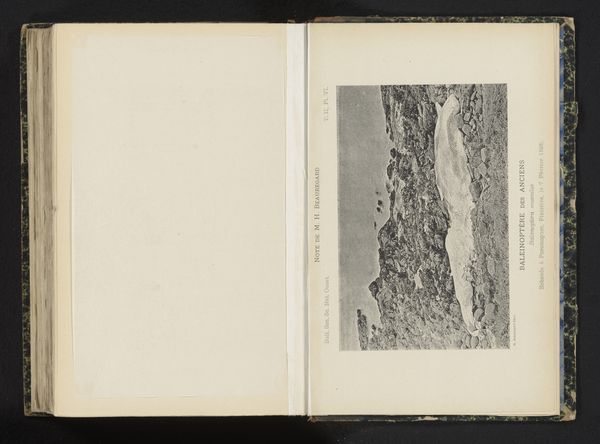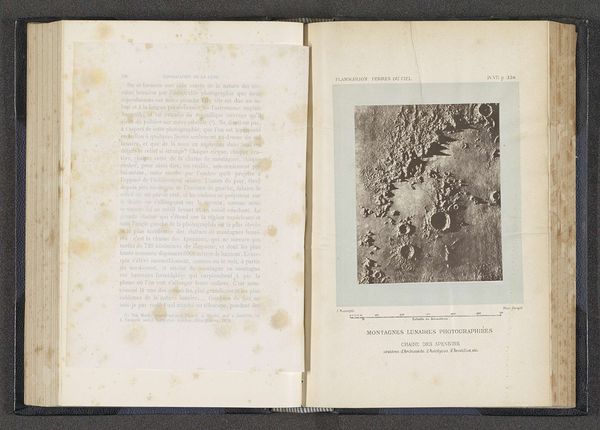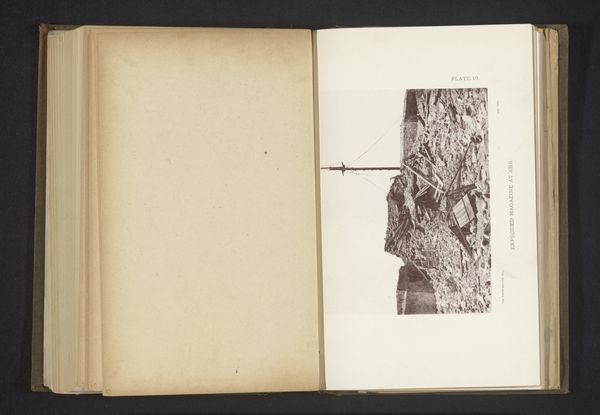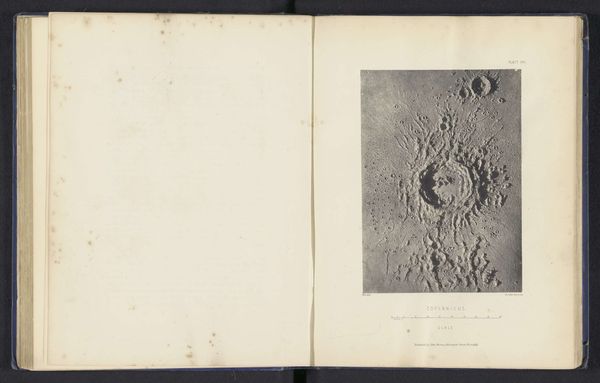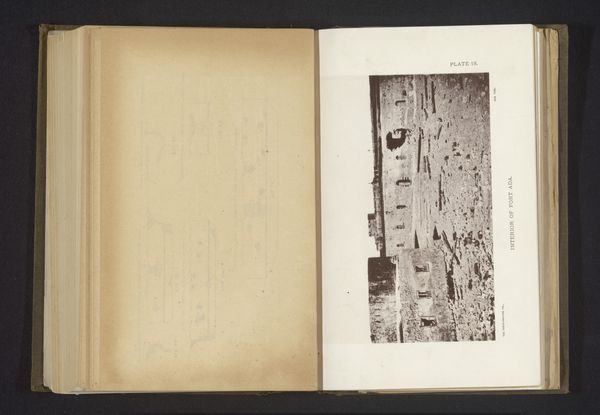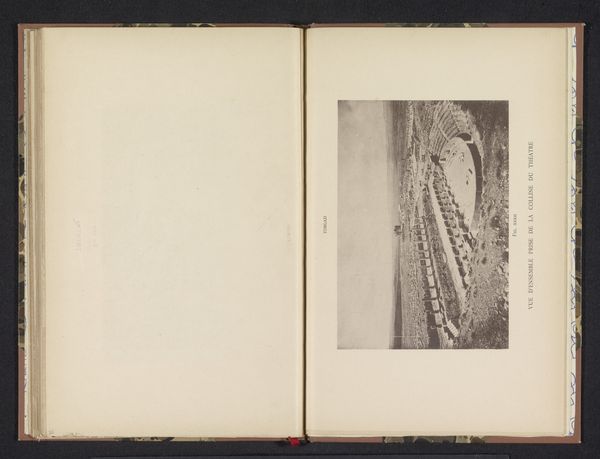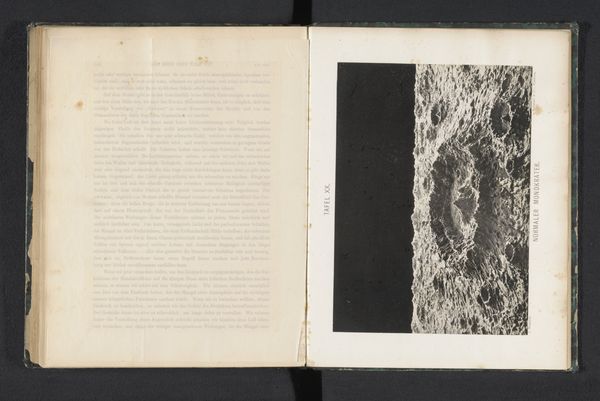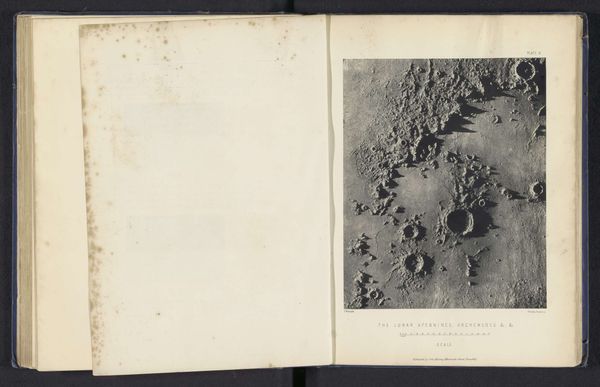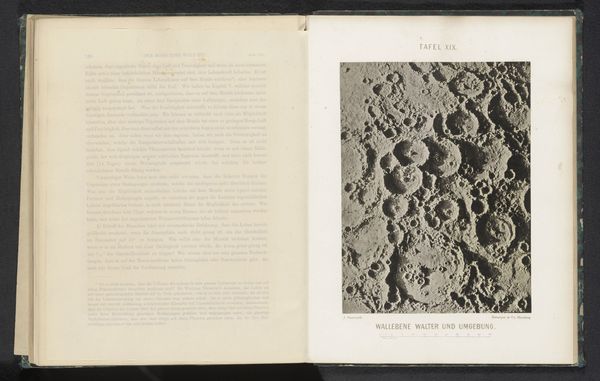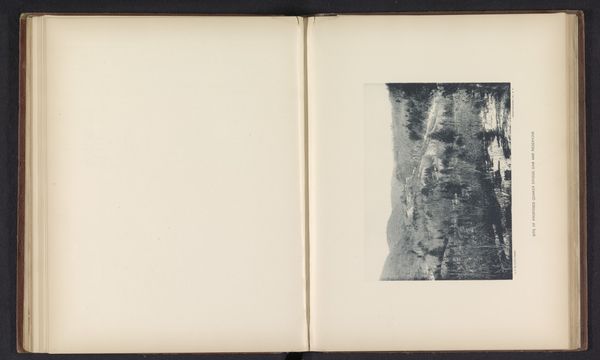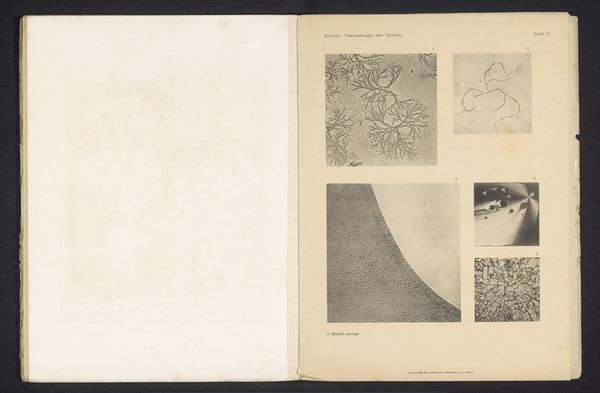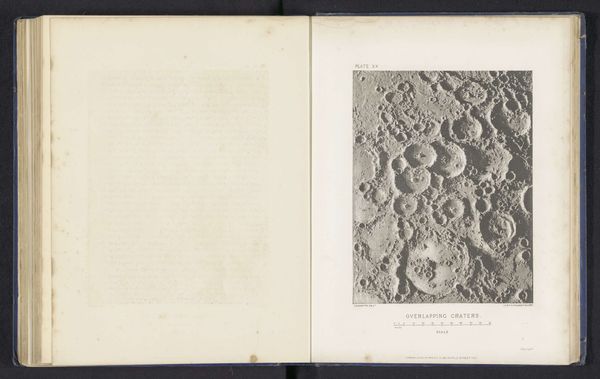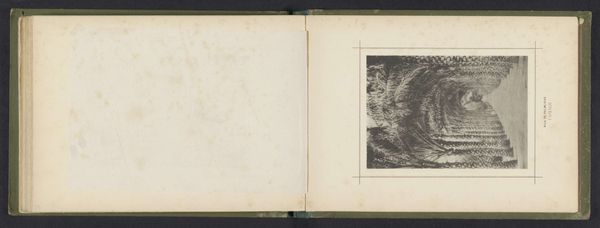
print, photography
#
still-life-photography
# print
#
photography
#
academic-art
Dimensions: height 215 mm, width 279 mm
Copyright: Rijks Museum: Open Domain
Curator: Wow, those craters look positively otherworldly. It's starkly beautiful in a strange way. Editor: What we are observing is a fascinating comparative study: "Terrestrial and Lunar Volcanic Areas Compared," created before 1873 by James Nasmyth. This print and photograph held at the Rijksmuseum, presents volcanic landscapes of Earth alongside those of the Moon. The visual juxtaposition immediately invites inquiry into planetary sciences and, perhaps more subtly, the legacy of colonial mapping. Curator: I find myself drifting, dreaming... the moon, so familiar yet infinitely distant. Do you think Nasmyth ever felt a pang of loneliness staring up at it, the way I sometimes do? Or was this purely scientific inquiry for him? Editor: The act of comparison itself is always a loaded gesture. To map and compare territories has historically been tied to imperial ambitions. Nasmyth, though working from a scientific perspective, was inevitably part of a broader culture interested in charting and claiming territories, real and imagined. We should also ask whose ‘terrestrial’ landscapes are being centered, and whose erased. Curator: Yes, of course. You are spot on, yet still, the visual pun of those pitted surfaces--I am captivated. There's a texture that evokes something so elemental. One could lose themselves gazing. Are these cold hard facts of science—or also landscapes for our interior to roam? Editor: And yet we must remember, what seems timeless or ‘elemental’ often isn't. The photograph does speak, it does so through constructed narratives of power and scientific objectivity that demand careful scrutiny. The shadows in the craters, so artfully rendered, can lead us towards darker reflections on the history of science itself, not as pure exploration, but as embedded in colonial and patriarchal structures. Curator: So well put, I appreciate these insights. I shall continue to let myself wander amid lunar shadows while keeping these darker realities firmly in sight, as shadows alongside, perhaps. Editor: I agree. Navigating this duality--between aesthetic experience and critical consciousness—is the only way to approach this work, and, indeed, so much else in our world. Thank you.
Comments
No comments
Be the first to comment and join the conversation on the ultimate creative platform.
